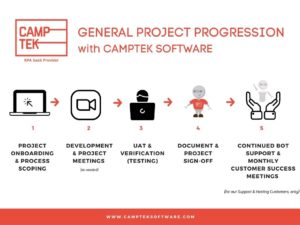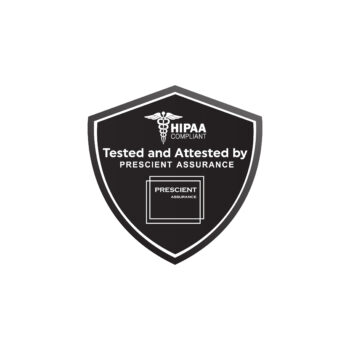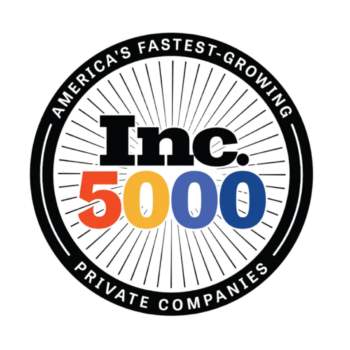
Back in the halcyon days of 2018 when RPA was generating massive buzz and UiPath was being recognized as a possible Unicorn, many large companies were starting their RPA journey. Some used partners and others chose to create their own Center of Excellence. Some hired a development team composed of consultants to build their first bots. The focus was entirely on the “build” and not what happens after this Bot has gone into production. The way RPA was pitched at the time, was that anyone could build a bot and it will do whatever it’s instructed to do. RPA was being positioned like typical enterprise software, like SAP or any other platform. Once it’s implemented it should just run with minimal support. The fact of the matter is that once the Bot is in production, its life is just beginning.
That is why I started CampTek Software. In my time in automation before it was called RPA, I had seen RPA work well in some cases and not so well in others. The biggest success factor was and continues to be, how much support these bots are given. I began working in this space in the early 2000’s and back then automation tools were sold with an enablement (train the trainer) approach.
- Buy the tool
- Get trained to use and build on it
- Good luck and call support if there are problems with the software
That’s great but literally 1 out of 20 customers were truly self-sufficient. Many of these customers were constantly logging support tickets because they couldn’t get the automation to work properly. There were a myriad of things that could and did go wrong related to lack of knowledge, complex applications to automate, the software tool didn’t work etc..
As time moved on to the mid 2010’s many of those people that were getting trained to support this technology were let go and not part of the budget for IT. Essentially those resources were gone. The burden to build and “support” these automations fell on the software vendor and not on the company who was using said software.
So fast forward to 2018 when UiPath Orchestrator and rose to prominence and the idea of a robot for every person became prevalent. The difference from the earlier times was the software was now much more reliable and scalable.
I immediately realized that RPA was about to take off and the “sell and build” model had a fatal flaw that could doom the promise of the technology. RPA at scale requires A LOT of support. Automation was going through a massive paradigm change. I realized that this technology had finally come of age to suit the enterprise vs. the one or two bot model. Instead of managing individual bots on a handful of virtual machines, we are now able to manage and connect thousands of bots together.
All of this won’t be possible without support to make RPA thrive. Turns out my hunch was spot on!

Written by: Peter Camp, CTO & Founder, CampTek Software



